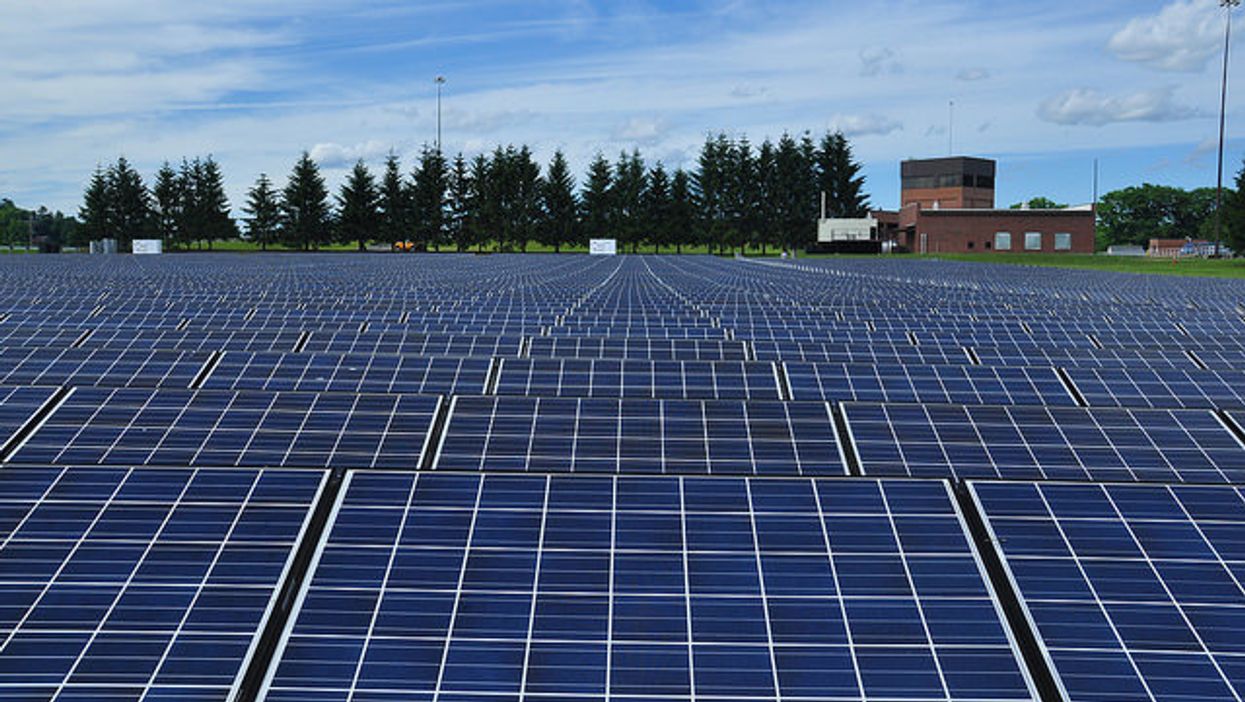Renewables Best Coal As America's Second Largest Energy Source

Reprinted with permission from Daily Kos
The Energy Information Administration (EIA) announced that renewables generated 21 percent of all electricity in the country for 2020. Renewable energy sources like biomass, geothermal, solar, and wind accounted for 834 billion kilowatt-hours (kWh) of the nation’s power last year. That falls just behind natural gas, which generated 1,617 billion kWh or 40% of all energy in the U.S. The news comes from a report released in July that the EIA shared again last week as the year winds down and we look towards 2022. The agency believes that coal-fired electricity use likely rose this year due to rising natural gas prices, increasing about 18 percent compared with 2020. This will likely push coal to be the second-most used energy source in 2021.
It’s highly unlikely that the trend of coal surpassing renewables will continue into 2022. For one, coal-fired electricity has been on the downturn since 2007 when it peaked at 2,016 billion kWh and was the largest source of energy until 2016, most likely because natural gas has replaced much of coal’s capacity. According to another EIA report, dozens of coal-fired plants have been replaced or converted to natural gas since 2011. Some of those decisions made by power companies are in order to comply with emissions regulations, like the EPA’s Mercury and Air Toxics Standards, which was unveiled in 2011.
In the following years until 2019, Alabama Power Co. converted 10 of its generators at four Alabama coal plants to comply with the standard, which took effect in 2016.As for renewables, the EIA believes their power generation will rise 7% this year and another 10% next year. The agency also forecast that 2022 will be another year in which renewables are the second-most-used energy source, making 2020 not an anomaly, but a possible sign of trends to come. It’s anyone’s guess what 2022 will hold in terms of emissions, primarily because it’s unclear how deeply the pandemic will continue to affect the power industry.
A report released on December 22 by the EIA shows that 2020 saw a substantial decrease in carbon dioxide emissions due in part to a warmer winter season and factors exacerbated by the pandemic, including more people working from home and traveling less, plus industry slowdowns resulting in lower commercial building activity. One of the long-term factors cited by the EIA was a trend in declining natural gas production. This resulted in a decrease in emissions of 11 percent in 2020, or 570 million metric tons compared to 2019. Such declines in emissions haven’t been seen since 1983, shortly after an amended Clean Air Act was implemented requiring cars built in 1981 and beyond to comply with lower emissions standards. More stringent emissions goals, such as the Biden administration’s push for 50 percent of new vehicles to be electric by 2030, could see a similar reduction that puts the U.S. one step closer to reaching its goal of net-zero by 2050.









